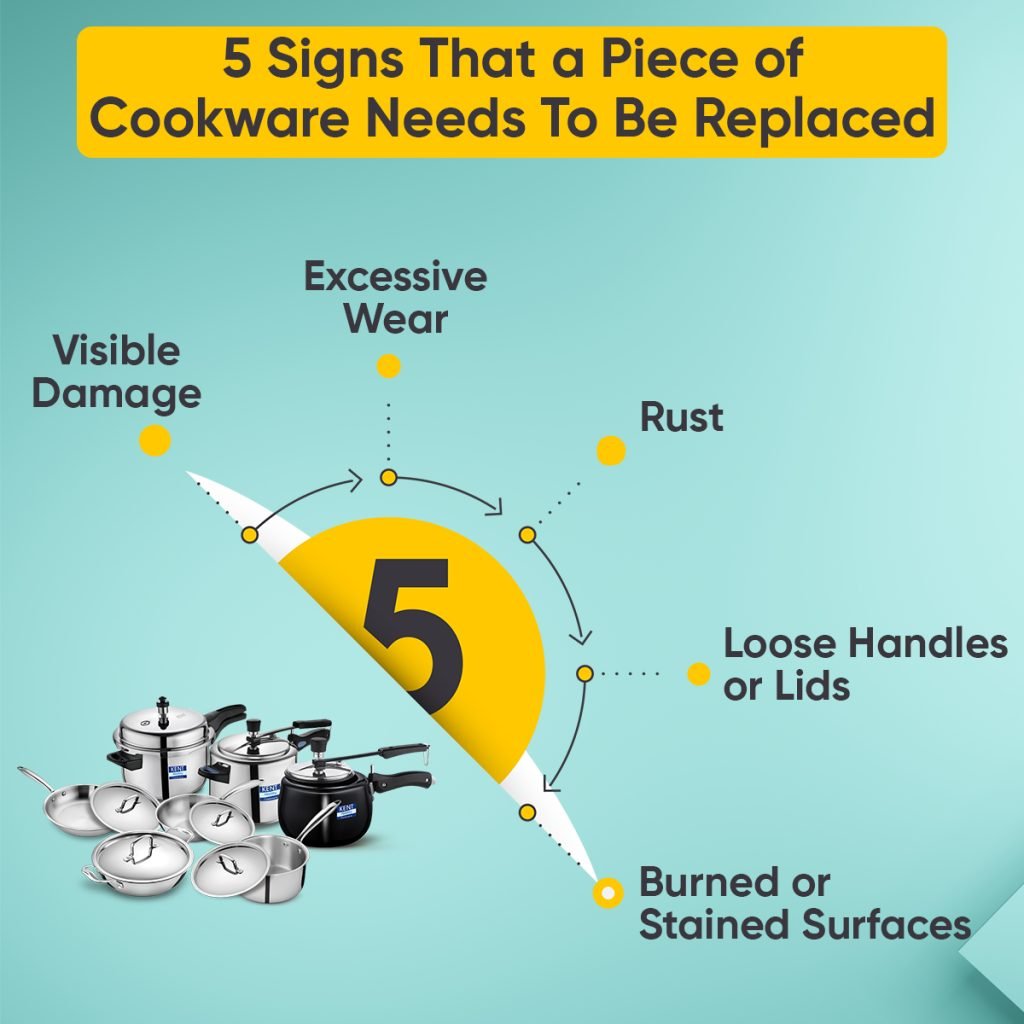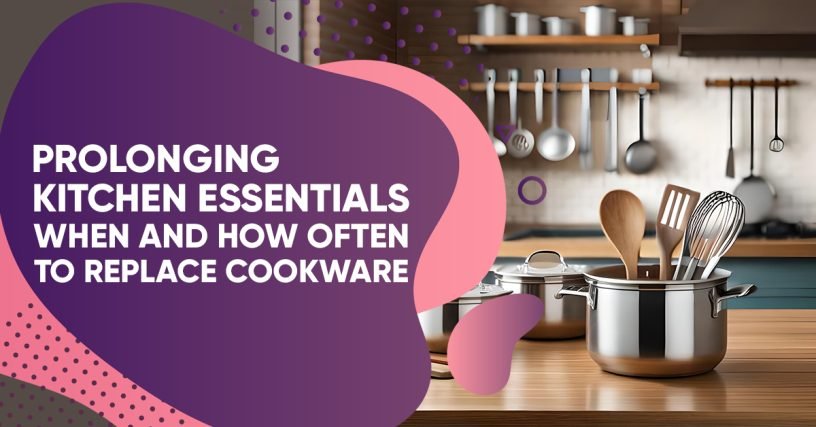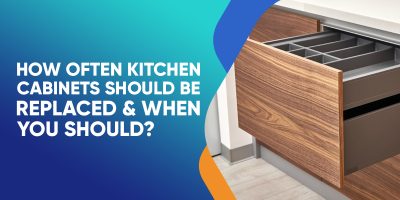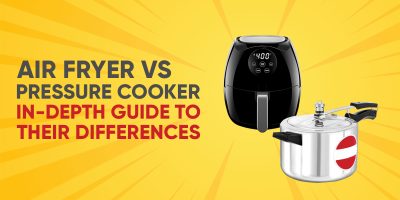Keeping a clean and safe cooking environment requires knowing how often to replace cookware to update your kitchen basics.
Cookware is a necessary component of any kitchen and our everyday culinary explorations. The unseen heroes of our meals are the pots and pans we depend on, from sizzling stir-fries to substantial stews. Cookware does have a limited lifespan, though, just like anything else.
In this post, we’ll look at the warning signs, guidelines, and best practices to help you make informed decisions regarding your cookware.
Table of contents
Estimated reading time: 3 minutes
Assessing the Cookware Lifespan
Knowing how long your cookware will last is the first step in determining when to replace it. Cookware may be produced from a variety of materials, such as cast iron, stainless steel, and non-stick. The predicted lifespan varies depending on the material.
Stainless Steel:
Stainless steel cookware, renowned for its sturdiness and long lifespan, provides exceptional durability and reliability in the kitchen. It may endure for decades if properly cared for. Nevertheless, stainless steel may experience pitting or discoloration over time, which might impair its functionality.
Non-Stick:
Nonstick cookware has a shorter lifetime, often lasting approximately five years. When chipping, peeling, or other issues arise, and the non-stick qualities disappear, it indicates that the time has come to replace the cookware.
Cast Iron:
When properly cared for, cast iron cookware may last a lifetime. Cast iron cookware may be maintained with regular seasoning and maintenance.
5 Signs That a Piece of Cookware Needs To Be Replaced

It is critical to recognize the indicators of wear and tear. Here are several signs that you should replace your cookware:
Visible Damage:
Examine the cookware for cracks, warping, or other structural issues that might jeopardize its integrity.
Excessive Wear:
Replace the cooking surface immediately if you find it worn, chipped, or damaged, particularly when dealing with nonstick surfaces.
Rust:
Rust is a major red flag for stainless steel and cast iron. It may ruin the taste of your meal and make your cookware dangerous to use.
Loose Handles or Lids:
If the handles or lids on your cookware become loose and unsteady, they can pose a significant safety threat. In such a case, it’s important to promptly replace them to ensure safe and effective use.
Burned or Stained Surfaces:
Stubborn stains or charred food residue might have an impact on your cooking.
Final Verdict
Cookware replacement can be the last thing on your list, but it can be quite important. Don’t jeopardize your health and safety in the kitchen by using faulty cookware. When purchasing replacements, seek for cookware that will endure for a more environmentally responsible kitchen.

Read More:




